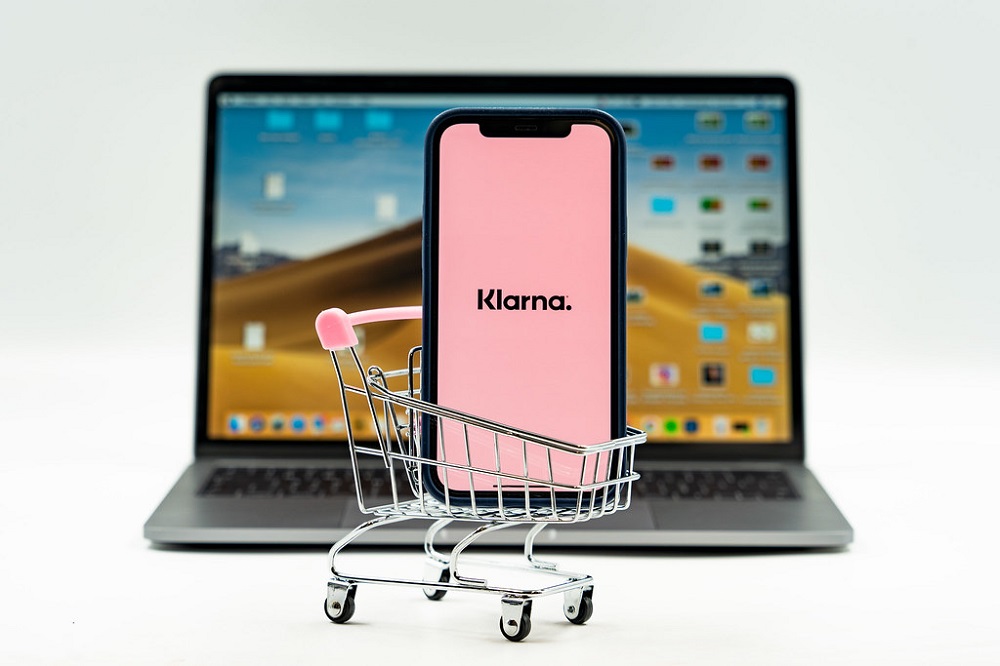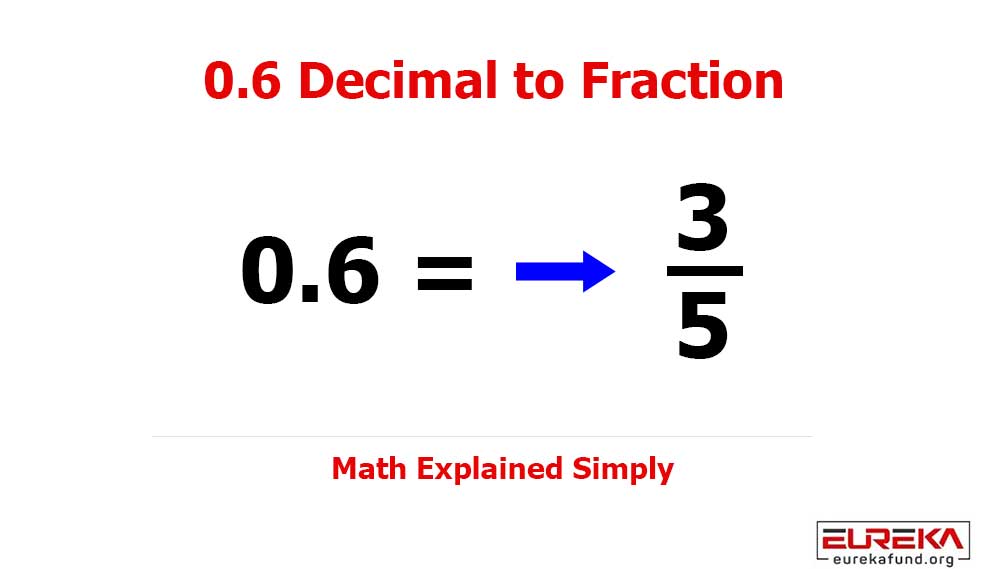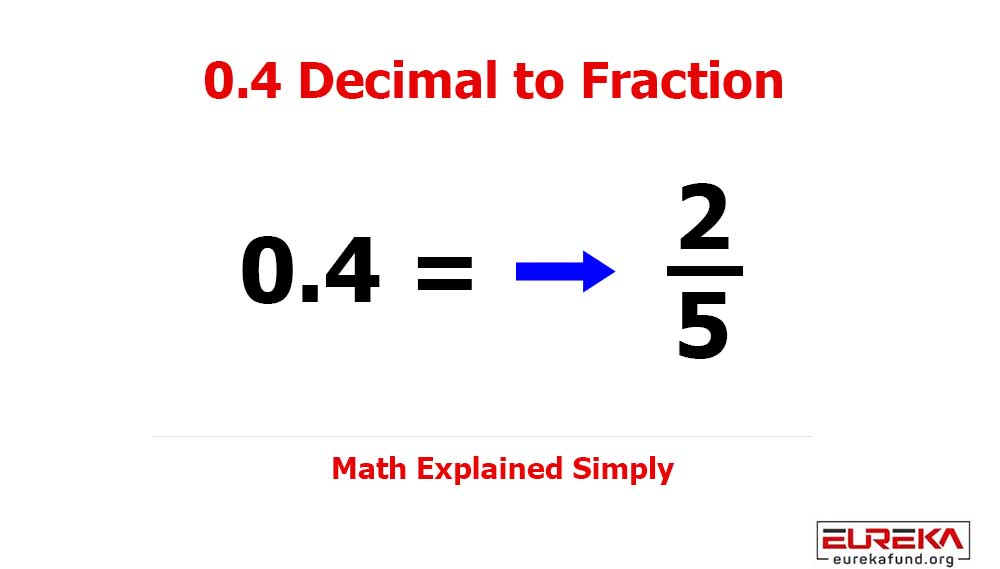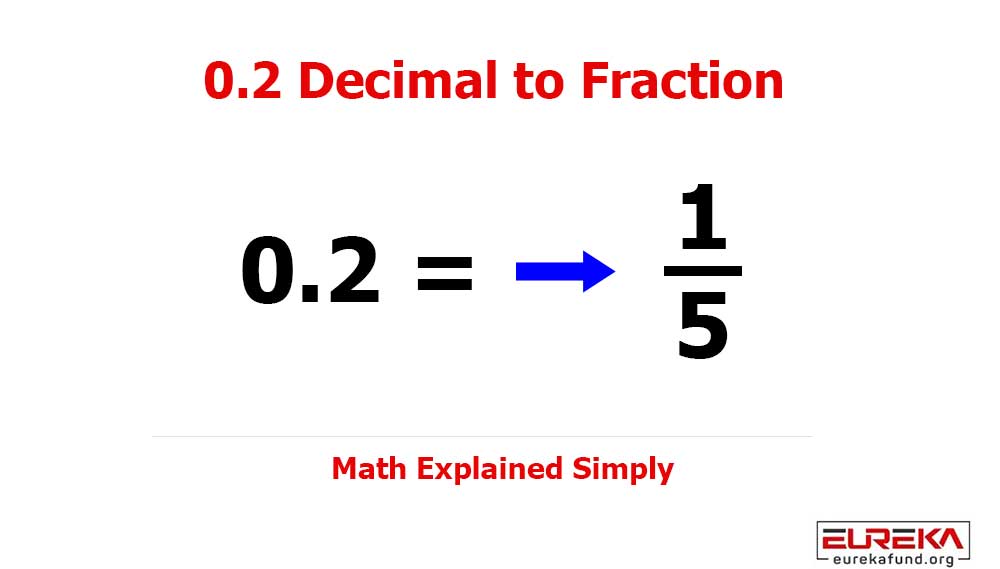Klarna has quickly become a major force in the “buy now, pay later” (BNPL) industry, revolutionizing how consumers approach online shopping by offering flexible payment options. Founded in Sweden, Klarna partners with thousands of retailers worldwide, providing an alternative to traditional credit cards and enhancing the shopping experience with seamless, deferred payment solutions.
By allowing customers to split payments or delay them entirely, Klarna has empowered shoppers with greater control over their finances while helping merchants boost sales and customer loyalty. This article discusses Klarna’s various revenue streams, its growth in international markets, the impact it has on consumer credit, and why so many users trust it as a safe option in their shopping experiences.
Klarna’s Money Making Business Model
Klarna operates primarily as a BNPL platform, partnering with thousands of retailers to offer shoppers flexible payment options at checkout. Retailers who use Klarna benefit from increased conversion rates and higher sales volumes, as Klarna gives customers the freedom to defer payment. Klarna’s key options for customers include:
- Pay in 30 Days: Users can delay payment for up to 30 days with no interest or fees, provided payment is made on time.
- Pay in 4 Installments: This option allows customers to split the total amount into four equal, interest-free payments, typically spaced every two weeks.
- Financing Plans: Klarna offers longer-term financing for more substantial purchases, with interest rates and repayment terms based on the customer’s credit profile.
These options give customers more control over how they budget for purchases, making high-value items more accessible without upfront financial strain. Klarna acts as a financial intermediary, covering the payment for retailers at the time of purchase and collecting funds from customers later, assuming the financial risk on behalf of the retailer.
Klarna’s Revenue Streams: How Klarna Make Money
Klarna has several revenue channels, each contributing to its bottom line through partnerships, interest rates, and customer fees. These primary revenue streams include:
Merchant Commissions
The majority of Klarna’s revenue comes from commissions charged to partner merchants. For each transaction facilitated by Klarna, merchants pay a flat fee (usually around $0.30) plus a percentage of the sale, which can range from 3.29% to 5.99% depending on the payment plan used by the customer. These fees are a small price for merchants to pay, given Klarna’s effectiveness in increasing sales, average order values, and customer satisfaction. According to Klarna, retailers who use their services experience up to a 44% increase in order volume and a 68% rise in average order value, making the commission fees a sound investment.
Interest and Financing Fees on Extended Payment Plans
For customers who choose Klarna’s financing options, interest rates can reach up to 19.99% APR, depending on the customer’s credit score and the specific financing terms. Unlike the interest-free options like “Pay in 4,” financing options generate additional revenue through interest charges applied to the outstanding balance. Klarna assesses customers’ creditworthiness and offers terms accordingly, allowing for flexibility while generating interest income for the company.
Late Payment Fees

If customers miss payments on their interest-free installments, Klarna imposes late fees. These fees vary based on the customer’s total order value and encourage timely payments. Although Klarna has policies to prevent excessive penalties, late fees still contribute to its revenue. Importantly, Klarna pays merchants on time regardless of whether the customer meets the payment deadlines, taking on the risk of delayed payments.
Klarna Card Fees
Klarna also offers a virtual Klarna Card, which enables customers to shop both online and in-store at partnered retailers. The card is linked to the user’s Klarna account, allowing for split payments and financing options for in-store purchases. While there is no initial fee, Klarna charges a monthly fee of $3.99 after the first year, along with potential late fees for missed payments, adding another source of recurring revenue.
Interchange Fees and Advertising Revenue
Klarna earns interchange fees when customers use the Klarna Card, similar to how traditional banks earn interchange fees from credit card transactions. Klarna has expanded into digital advertising, charging brands to promote their products on Klarna’s app and website. This advertising revenue is a newer income stream for Klarna, leveraging its user base and app traffic to create more monetization opportunities.
Klarna’s Expanding International Presence
Klarna operates in over 17 countries, including major markets such as the United States, United Kingdom, Germany, Sweden, and Australia. Each country has its localized payment methods, and Klarna adapts its offerings to align with regional financial regulations and consumer behavior. In countries where “buy now, pay later” options are gaining popularity, Klarna has a competitive edge with established partnerships and a tailored approach.
The company’s international growth strategy focuses on increasing brand awareness and partnerships with top retailers. Klarna’s flexibility in adopting local payment practices has allowed it to integrate effectively into diverse markets, making it one of the most accessible BNPL services for global consumers.
Is Klarna Safe?
Klarna places a high emphasis on security, offering a safe, encrypted environment for customers to shop without needing to share sensitive financial information with multiple merchants. When a user signs up for Klarna, the company performs a soft credit check to determine credit eligibility, ensuring users can afford their purchases. Klarna then conducts a soft check each time a purchase is made to confirm the user’s creditworthiness without affecting their credit score.

The platform also follows stringent data protection standards, making it a reliable choice for users concerned about their financial security. Klarna’s customer service is accessible through its website, though it does not have a centralized phone number; users are encouraged to use Klarna’s app or online support for quick assistance.
Does Klarna Build Credit?
Klarna’s impact on a user’s credit score is generally indirect, but it’s important to understand how it can influence credit:
- On-Time Payments: Paying on time can help establish a good history with Klarna, potentially contributing to a favorable profile if a lender reviews the account. However, not all lenders view Klarna history, so its impact may be limited.
- Missed Payments and Defaults: If a user defaults or consistently misses payments, Klarna may report these to credit agencies, which can negatively affect the user’s credit score for up to six years.
- Credit File Visibility: Klarna does appear on some credit files, and other lenders can see missed or late payments, which may affect eligibility for future loans.
While using Klarna responsibly can lead to positive outcomes, users should be aware that missed payments can damage their credit score, impacting their ability to secure credit for years.
Benefits of Using Klarna for Shoppers and Merchants
Klarna’s benefits extend to both consumers and retailers, which has fueled its widespread adoption:
- For Shoppers: Klarna’s flexible payment options allow customers to budget and avoid immediate financial strain. This is especially useful for high-ticket items, making it easier for customers to make purchases they may otherwise defer.
- For Merchants: Retailers see increased sales, higher average order values, and reduced cart abandonment rates with Klarna’s integration. Klarna’s reputation as a safe and reliable payment provider enhances customer trust in the shopping experience.
Conclusion
Klarna’s approach to payments has proven to be effective and innovative. By offering multiple ways for customers to buy now and pay later, Klarna enables flexible spending while boosting sales for merchants. Klarna’s revenue streams—from merchant commissions to interest and interchange fees—illustrate a diversified and resilient business model. With its commitment to security, global reach, and structured financing options, Klarna has become a leading player in the BNPL space, appealing to both consumers and businesses around the world.




